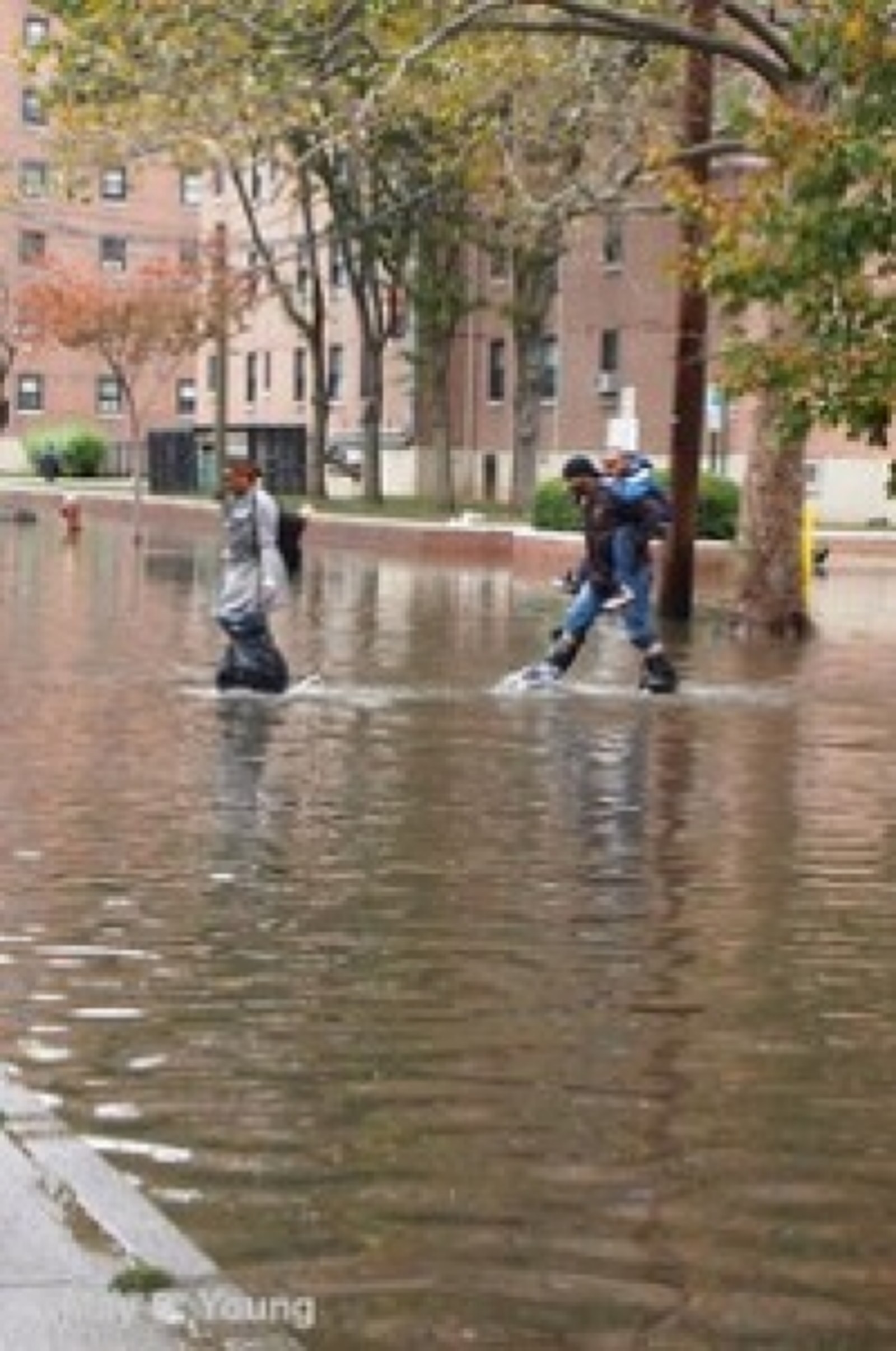Child welfare after the storm

The day after Hurricane Sandy blew through the eastern seaboard, a social worker in Manhattan was frantic to track down a little girl on Long Island. The child is 2 years old and lives with her foster mother in a neighborhood that had been slammed by the storm. She had a tracheotomy when she was a baby, and needs a feeding tube to eat and an oxygen machine to breath. No one knew whether the family had been evacuated or where they were.
When the social worker finally reached the foster mother, it turned out she was at home, without heat or electricity. She’d been trekking to a nearby hospital to keep the girl’s medical equipment battery pack charged. “It wasn’t sustainable,” says Arlene Goldsmith, executive director of the child’s foster care agency, New Alternatives for Children. “But we hated the idea of separating her from the foster mother. That’s the last thing you want.” Instead, the agency—which had sent its fleet of seven vans to Connecticut to fill up on gas—was able to get hold of a generator. Once she had power, the foster mother also took in the girl’s brother, who’d been made homeless by the storm.
Even in normal times, child welfare is largely a system of crisis management: The city pays social service agencies not only to find foster homes for kids, but to provide services that prevent families from falling apart, working with parents before they come at risk of losing their children.
(Read the rest of this story, "Child Welfare in the Storm: What Happens to Vulnerable Families after a Disaster? "on the Child Welfare Watch blog)
Please Post Comments